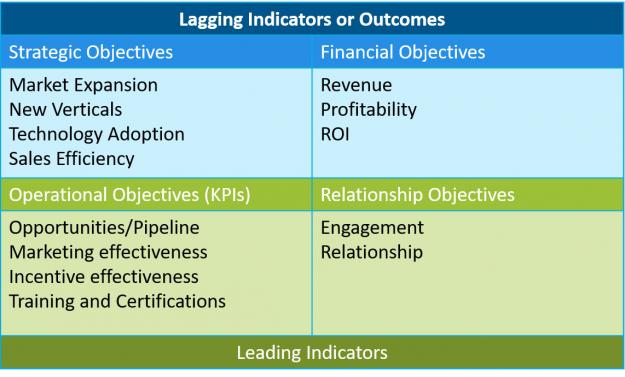Latest News
- Messaging for Product that Locates Lost Medical Devices
(posted: Mar, 2025)Highland is working with a tech solutions company on the messaging for their locator product.
Latest Blog
- Build, Buy or Partner? Product Mgmt Challenges
(posted: Mar, 2019)The critical issue product marketers and managers face is to choose the appropriate product development strategy. Deborah offers some insight in this article.
Channel Chief Series Part Six: Scorecarding Ecosystem Health
posted: December 28th, 2017
How does a channel chief address the seismic shifts happening in the world of digital transformation?
How can you enable the channel to make the crossing to new opportunities promised by the digital transformation?
Phoenix Consulting Group and Highland Team will be bringing you a series of twelve posts on the future of the channel and what savvy channel chiefs are already implementing to survive and thrive in the future.
Measuring Channel Ecosystem Health, and Why You Should Care

I recall the first time I spoke about a "partner ecosystem" in 1999 to my boss, a long time direct sales manager. He looked at me like I was a tree hugger. Today, we frequently talk about our partners collectively as an ecosystem; yet there are many ways to interpret what this means. To some it means a defined set of partners who comprise a specific solution, such as solution stack for cloud computing or the Internet of Things. Others refer to the larger community of partners and partner types that provide value to your end customers. This may include services provided by manged services providers (MSPs) or consulting and integration services (SIs), technology innovation (ISVs) or transactional logistics through Distys and VARs.
Each ecosystem will be as unique in terms of 'health' as they are unique in terms of what value they bring to your customer value proposition. That is where you start to define what is meant by health: how effective is the partner ecosystem in delivering value to your customer aligned with your strategic objectives for the ecosystem i.e. the reason you invested in partnering to begin with.
Partner strategy and program design should reflect the company objectives. Metrics should be actionable and reflect whether you are achieving the objectives set out by the strategy as well as the performance of each individual partner. Health of the ecosystem is more than a rollup of individual partner scorecards, although there is definitely a relationship between how your program enables individual partners and the cumulative outcome. And of course there should be a feedback loop. Metrics should inform you how to make meaningful changes to your program and strategy to achieve your goals.
A best practice metrics model is the balanced score card and it can easily be applied to your partner program.

Metrics are layed out in several quadrants each looking at a different aspect of success. At the top you have performance outcomes. The Strategic quadrant reflects the objectives that your partner ecosystem is chartered to achieve. The Financial objectives are the yardstick of traditional business successes. These are lagging indictors. They represent the results of decisions and activities that happened weeks or months ago. If all you measure is revenue, as many organizations do, then you are trying to steer by looking in the rearview mirror.
Across the bottom quadrants are the leading indicators. The leading indicators are the clues to future success. The Operation metrics can tell you if you are on the path to achieving your strategic and financial objectives. The Relationship metrics are often overlooked but really drive all the rest. If partners are not engaged and do not have a strong relationship with you, they won't be making the investments with you that will drive your success.
If you can chart your success with tangible metrics in all quadrants, then Congratulations! If you are looking for a better way to measure the long term sustainability and profitability of your partner ecosystem, especially as you drive transformational change, then please contact us. We will review a proven and time tested methodology based on the balance score card to help you understand the health of your ecosystem and critical leading indicators which will help you optimize and manage your partnering success.
Posts in the Series:
- Part 1: Surviving the Future
- Part 2: Do You Have the Right Channel for the Future?
- Part 3: What is the Right Value Prop for a Transforming Channel?
- Part 4: Partner On-Board - Make it Fun, Not Work
- Part 5: Do You Have the Right Number of Partners?
- Part 6: Measuring Channel Ecosystem Health
Stay Tuned as We Bring the Future to You.
Need an ear to listen to YOUR concerns? We are offering one hour assessments of your channel challenges. To schedule a call, please send Deborah an email.

Feedback